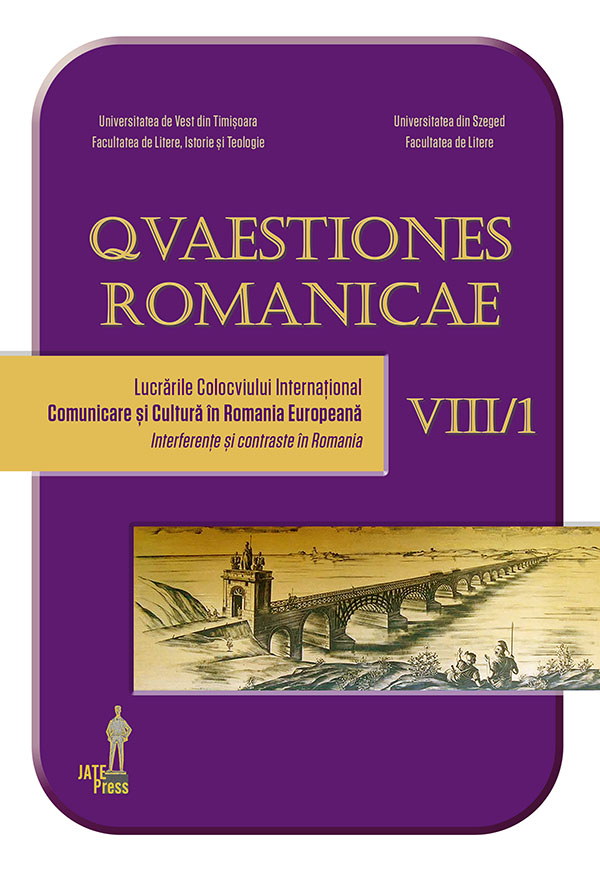‘Lecture d’un tableau’ pour déchiffrer les canons esthétiques du romantisme littéraire ? Interférence(s) littérature-peinture
Abstract: (‘Reading a Painting’ to Decipher the Aesthetic Canons of Literary of the Romanticism? Interference(s) Literature-Painting) Our approach questions the relationship between literature and painting in the Romantic period. Thanks to Théodore Géricault's painting, Le Radeau de La Méduse (artist – master of Romantic art of the first half of the 19th century) we investigate the formation of the aesthetic canons of this artistic-literary current. The supports of our semiotic endeavour are the relevant considerations on the roles and functions of images, advertising or not, made by Martin Joly and Alain Joannès. The conclusion would be that a painting can be 'read', because it will always have a hidden text; it is perceptible thanks to the details that the initiated viewer knows how to see beyond the image that carries meaning. What you don't see is a thousand times more intriguing.
Keywords: Romanticism, literature-painting, Géricault, Le Radeau de La Méduse, aesthetic canon
Résumé : Notre démarche interroge le rapport littérature-peinture à l’époque du romantisme. Grâce au tableau de Théodore Géricault, Le Radeau de La Méduse (artiste et toile – maîtres de l’art romantique de la première moitié du XIXe siècle), nous investiguons la formation des canons esthétiques de ce courant artistico-littéraire. Les supports de notre entreprise sémiotique sont les considérations pertinentes sur les rôles et les fonctions des images, publicitaires ou non, faites par Martin Joly et Alain Joannès. La conclusion serait qu’un tableau peut être ‘lu’, car il aura toujours un texte caché, perceptible grâce aux détails que le regardeur initié sait voir au-delà de l’image porteuse de signification. Ce qui ne se voit pas est mille fois plus intrigant.
Mots-clés: romantisme, littérature-peinture, Géricault, Le Radeau de La Méduse, canon esthétique.
